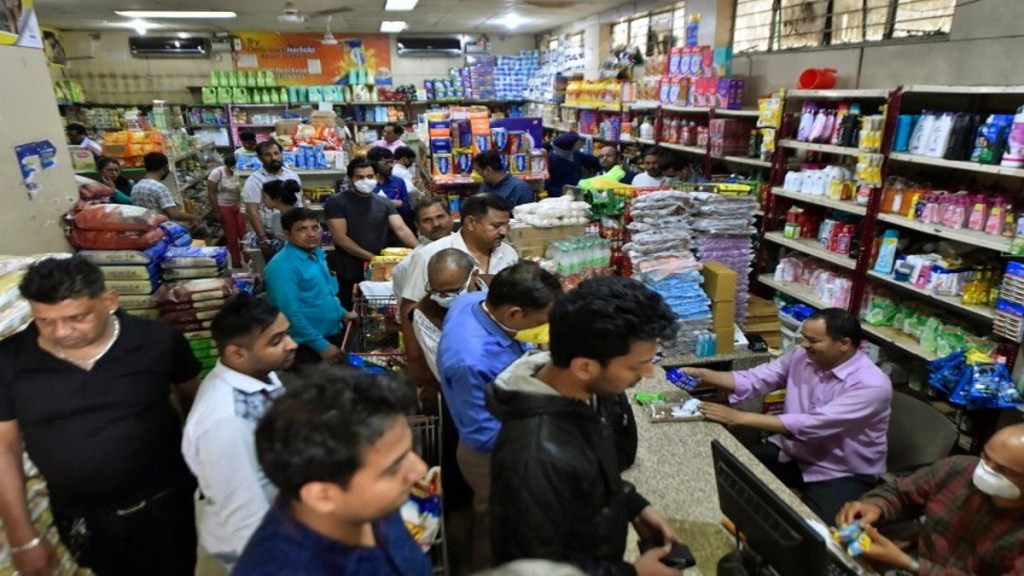The Central government is reportedly planning a reduction in Goods and Services Tax (GST) rates, aligning with the earlier income tax concessions. According to NDTV the Centre is considering either entirely eliminating the 12 per cent GST slab or reclassifying some items currently under this bracket into the lower 5 per cent category. If executed, it will provide substantial relief to middle and lower-income households.
This proposed restructuring of the tax slab aims to make everyday goods more affordable for the common citizen. The Items to be consisdered are widely used products such as toothpaste and tooth powder, umbrellas, sewing machines, pressure cookers and kitchen utensils, electric irons, geysers, small-capacity washing machines, bicycles, readymade garments priced over Rs 1,000, footwear priced between Rs 500 and Rs 1,000, stationery items, vaccines, ceramic tiles, and agricultural tools.
As per the NDTV report the government is also planning to simplify the GST structure to make it easier to comply with.
Financial Impact and Rationale
The move by the centre is expected to place an initial burden of Rs 40,000 crore to Rs 50,000 crore on the government, but it is prepared to absorb this impact, according to NDTV. The reason attributed to this upcoming decision is to boost in consumption. As per the media report government believes that lower prices will stimulate higher sales, ultimately expanding the tax base and leading to increased long-term GST collections, offsetting the initial revenue loss.
Finance Minister Nirmala Sitharaman in a recent interview, stated that the government was actively working towards a more rational GST structure and exploring ways to provide relief to the middle class on essential items.
Challenges and the Road Ahead
The Centre’s proposed GST adjustments face a major obstacle securing unanimous agreement from the states. Under the GST framework, any rate modifications require the endorsement of the GST Council, where each state holds voting rights.
NDTV report mentioned the opposition from states including Punjab, Kerala, Madhya Pradesh, and West Bengal. Historically, the GST Council has only resorted to voting once, with all other decisions reached through consensus.
The issue is anticipated to be a key agenda item at the 56th GST Council meeting, which could be convened later this month. A minimum notice period of 15 days is required to convene the Council. The 12 per cent GST slab typically covers items of common use for middle and lower-income households that are not classified as absolute essentials, which fall under the 0 per cent or 5 per cent categories.
Here is the list of commonly used goods and services under the 12 per cent GST slab:
Tooth powder
Sanitary napkins (originally taxed, now at 0 per cent, but related feminine hygiene items may still fall under 12 per cent)
Hair oil
Soaps (some categories, others are at 18 per cent)
Toothpaste (some branded variants at 12 per cent, others at 18 per cent)
Umbrellas
Sewing machines
Water filters and purifiers (non-electric types)
Pressure cookers
Cookware and utensils made of aluminium, steel (some are at 12 per cent)
Electric irons
Water heaters (geysers)
Vacuum cleaners (low-capacity, non-commercial)
Washing machines (small capacity)
Bicycles
Carriages for disabled persons
Public transport vehicles (when sold, not for fare)
Readymade garments (priced above Rs 1,000) Footwear priced between Rs 500 and Rs 1,000
Most vaccines
Diagnostic kits for HIV, Hepatitis, TB
Certain Ayurvedic and Unani medicines
Exercise books
Geometry boxes
Drawing and colouring books
Maps and globes
Glazed tiles (basic, non-luxury variants)
Ready-mix concrete
Pre-fabricated buildings
Agricultural equipment like mechanical threshers
Packaged foods such as condensed milk, frozen vegetables (some variants)
Solar water heaters

